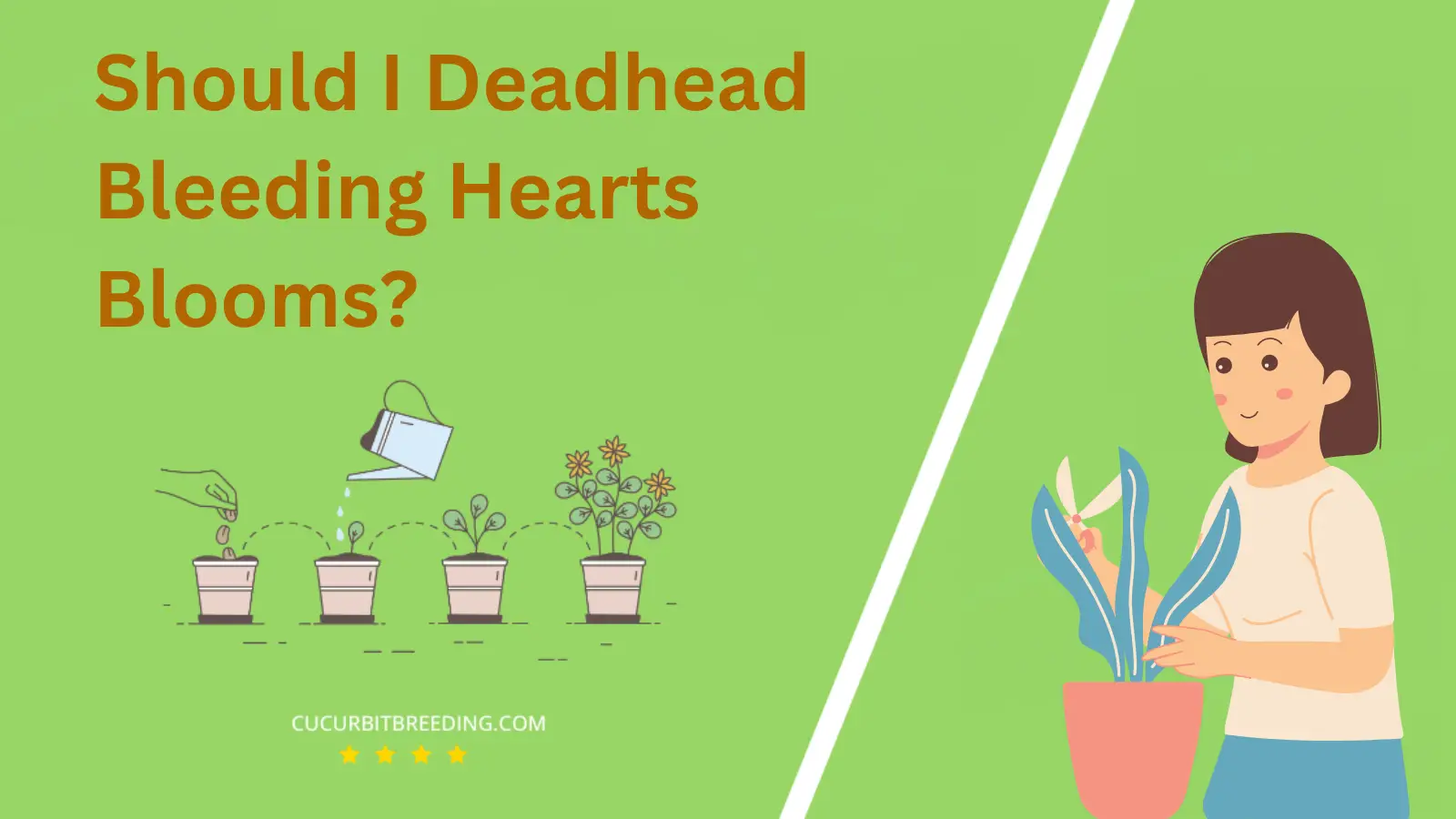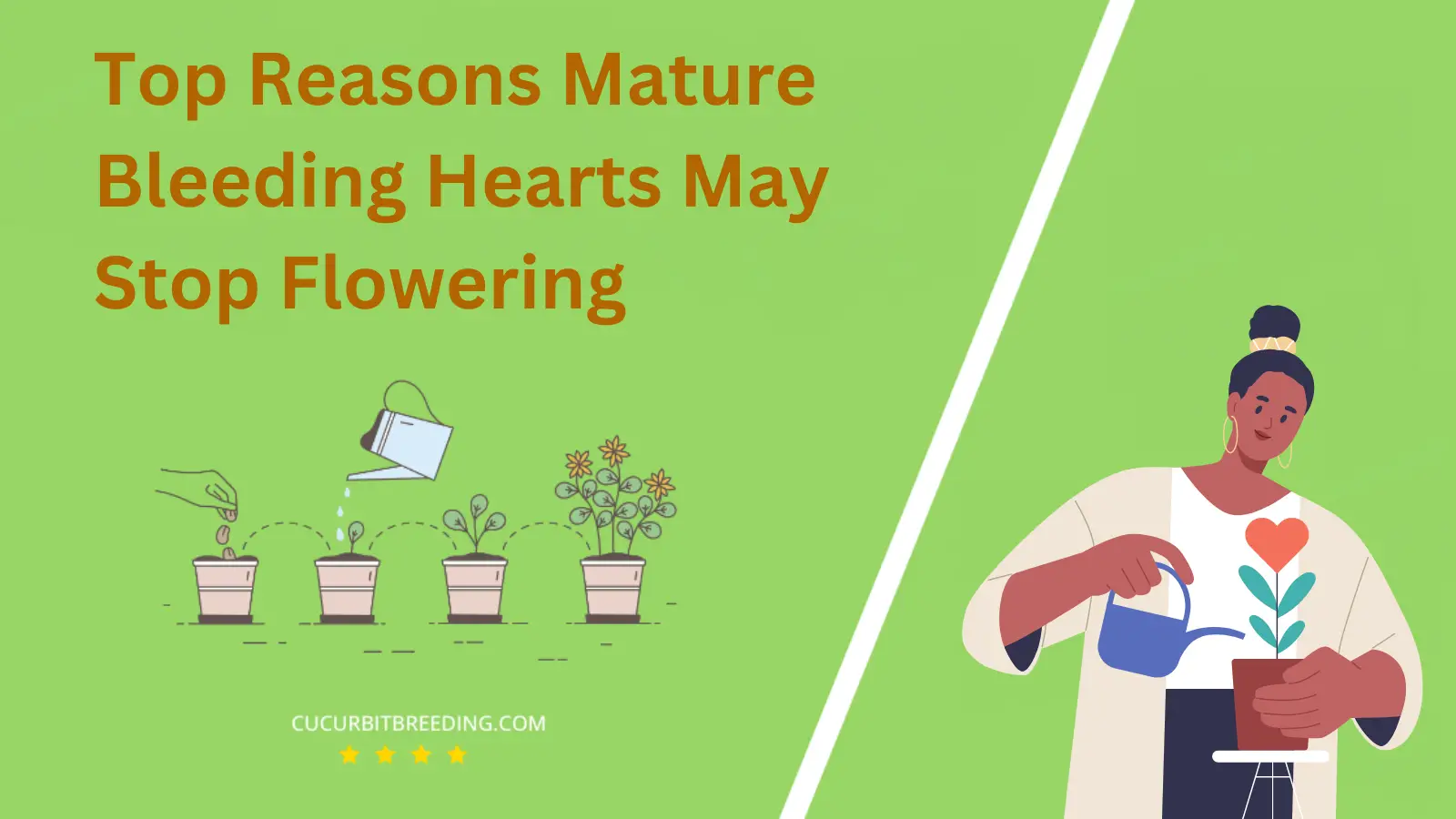
For garden enthusiasts seeking bursts of color in their landscapes, the question of “When do Bleeding Hearts bloom?” arises. This perennial plant, renowned for its unique heart-shaped flowers, brings an air of romance and intrigue to any garden.
Understanding its blooming cycle can significantly influence your gardening strategy and the overall appeal of your outdoor oasis.
When Do Bleeding Hearts Bloom?
Bleeding Hearts typically bloom in the late spring, around late April to May in most regions. The bloom period often extends into the early summer, depending on the climate and growing conditions. They require a cold winter dormancy in order to bloom effectively.
| Stage | Description |
|---|---|
| Germination | Spring (March-May) |
| Growth | Spring (March, April, May) |
| Blooming | Spring (April-June) |
| Dormancy | (October to February) |
How Long Do Bleeding Hearts Bloom?
Bleeding Hearts typically bloom in the late spring. Their flowering period can last several weeks, but the exact duration depends on the weather conditions and their growing environment. However, in optimal conditions, Bleeding Hearts can be in bloom for 4 to 6 weeks.
How Light Affects Bleeding Hearts Blooms?
Light plays a significant role in the blooming of Bleeding Hearts. These plants prefer partial shade to full shade conditions to bloom optimally. Too much direct sunlight can cause the foliage to burn, while insufficient light can inhibit flower production. Therefore, it’s essential to provide the right balance of light for Bleeding Hearts to thrive and bloom.
Will Bleeding Hearts Bloom the First Year You Plant Them?
Bleeding Hearts typically do bloom the first year you plant them, especially if they are planted as established plants rather than seeds. However, the timing and success of the bloom will depend on several factors such as the quality of the soil, amount of sunlight, and proper watering.
Will Bleeding Hearts Bloom Every Year?
Yes, the Bleeding Hearts plant is a perennial type of flora, which means it will bloom every year. These plants typically blossom in the late spring and continue to be vibrant throughout the summer. As long as they are properly cared for and planted in suitable conditions, they will reappear annually. It’s important to note that after the flowering period, the foliage of Bleeding Hearts may go dormant, but this is a natural part of their life cycle and they will bloom again the following year.

Should I Deadhead Bleeding Hearts Blooms?
Yes, you should deadhead Bleeding Hearts blooms. Deadheading, or removing faded flowers, is a common practice to promote further blooming and maintain the plant’s overall health. For Bleeding Hearts, this can help redirect energy from seed production to root and foliage growth, enhancing the plant’s vigor and lifespan.
Top Reasons Mature Bleeding Hearts May Stop Flowering

Mature Bleeding Hearts may stop flowering due to several reasons. Firstly, improper sunlight exposure: these plants need partial to full shade, especially in hotter climates. Too much sunlight can stress the plant and inhibit flowering.
Secondly, inadequate water: these plants thrive in moist soil. If the soil becomes too dry, the plant will conserve its resources instead of producing flowers. Regular, deep watering is needed to ensure flowering.
Thirdly, poor soil conditions: Bleeding Hearts need rich, well-drained soil. If the soil lacks essential nutrients or is overly compacted, the plant might not flower.
Lastly, they may be affected by disease or pests. Fungal diseases, root rot, aphids, or slugs can stress the plant and prevent it from flowering. Regular inspection and appropriate treatment can help keep the plant healthy and blooming.